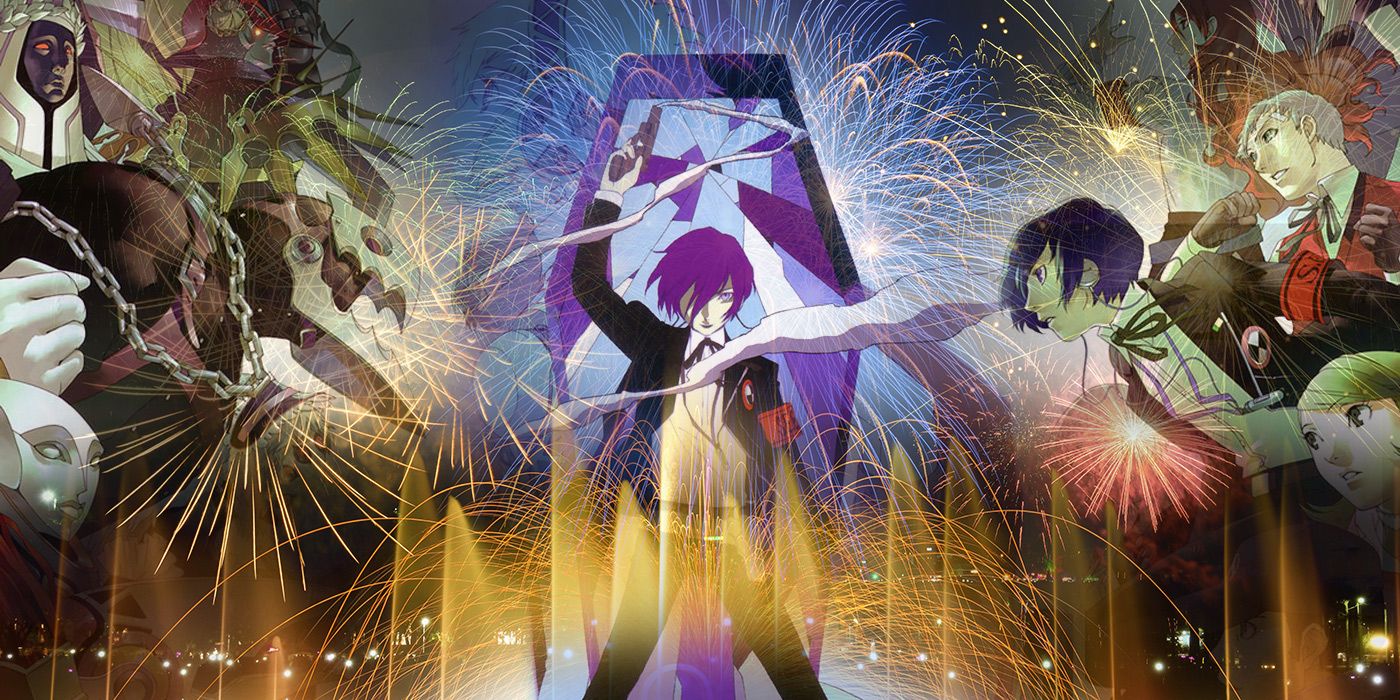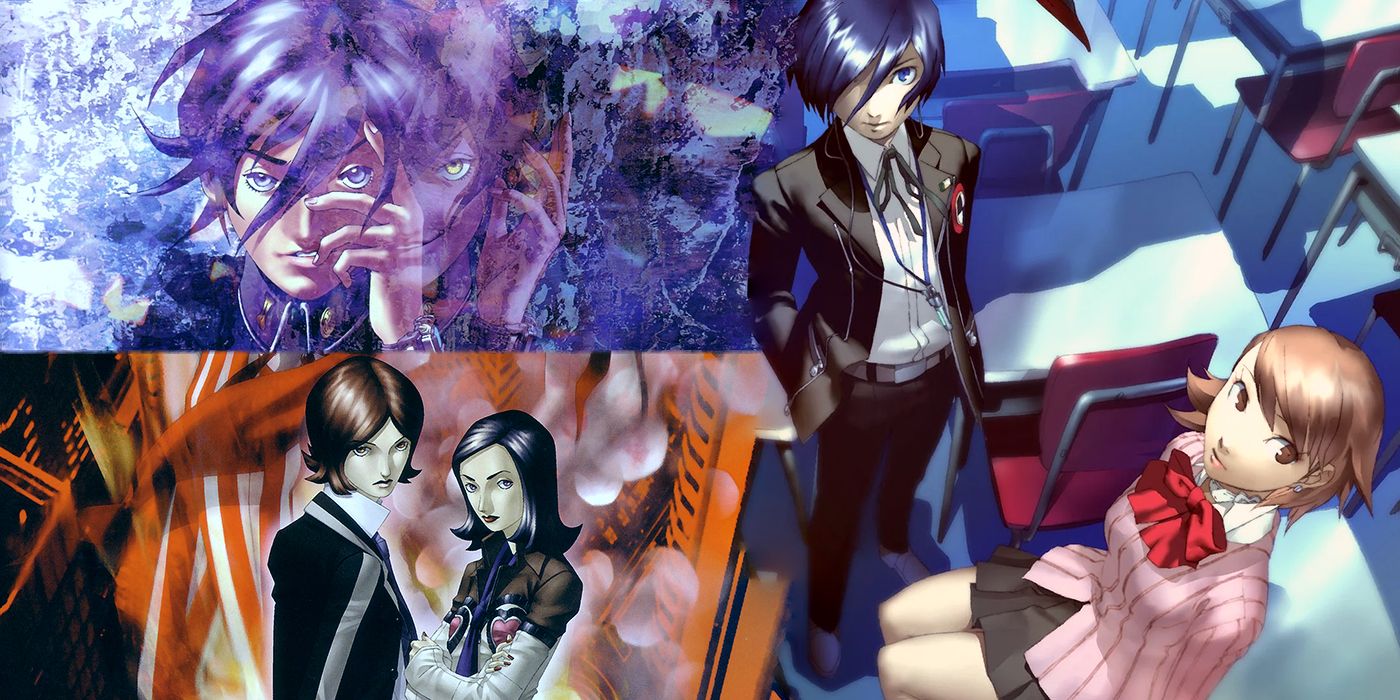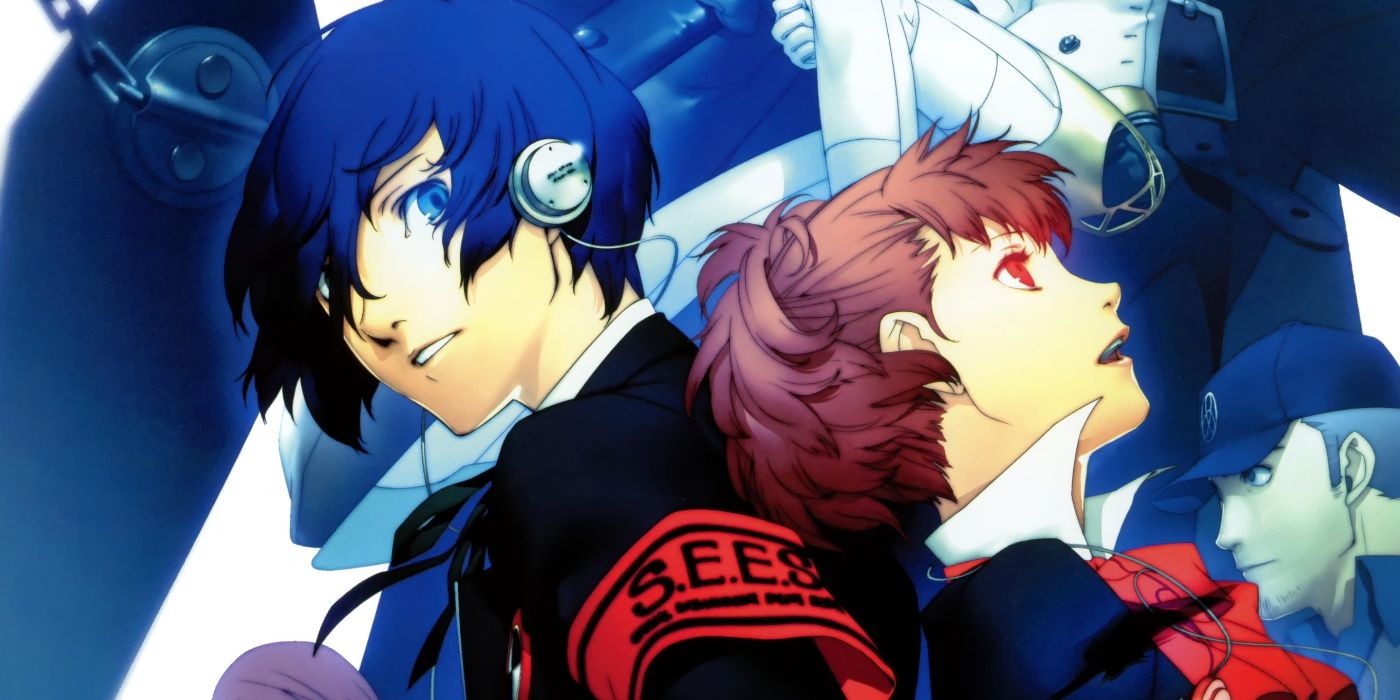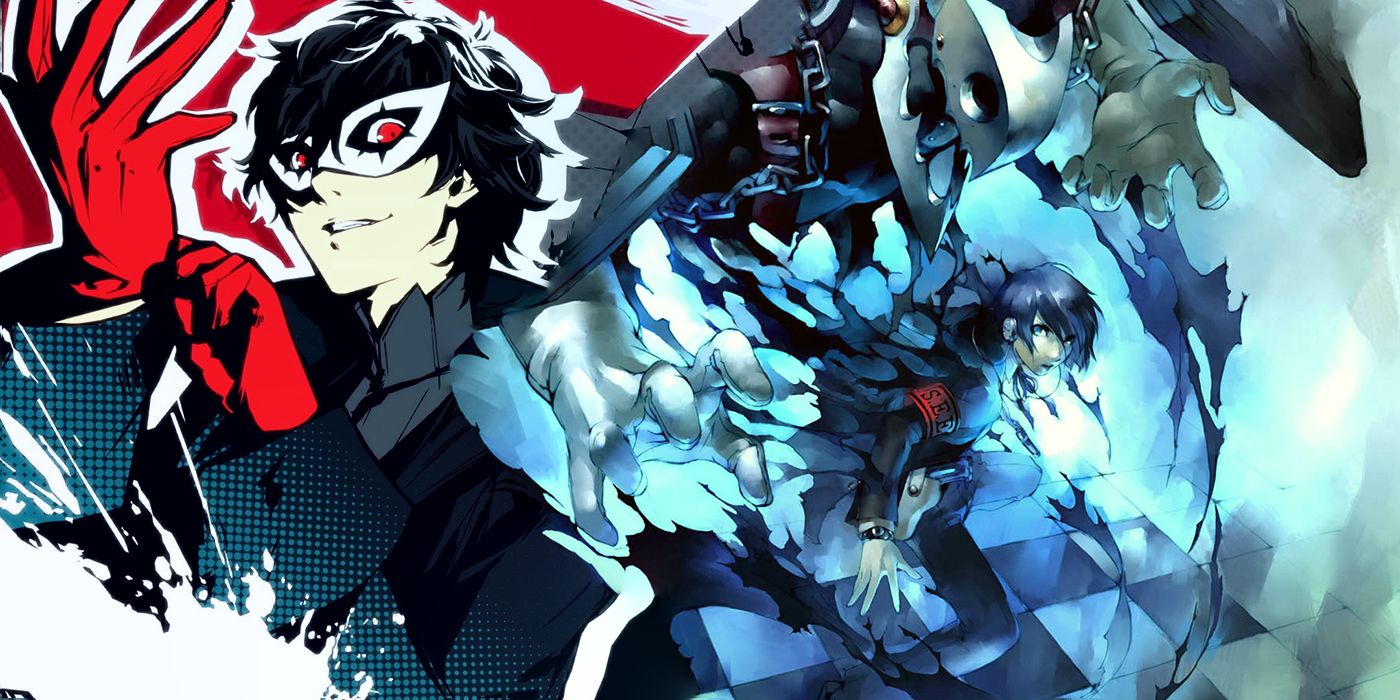2006 and 2007 were certainly great years for JRPGs, especially so in retrospect. At the time, some of the biggest franchises were going through some huge changes: Final Fantasy 12 took an MMO-adjacent approach to combat that was significantly different and received well. Kingdom Hearts 2 iterated and improved upon every aspect of the first game alongside a bonkers but thrilling story. Xenosaga 3 rounded out the series early in a climactic and overwhelming finale. One JRPG series in particular saw a huge transformation in tone, gameplay dynamic, design, and overall pushed the franchise into one of few JRPGs to achieve mainstream success: Persona 3.
While the relatively recent popularity and success of Persona 5 has propelled the series to 15 million copies sold, this success was arguably kickstarted two entries previous. Making a huge step up from Revelations: Persona and the Persona 2 duology, Persona 3 broke even further away from its Shin Megami Tensei origins into a truly distinct JRPG. Reshaping the gameplay dynamic with the social simulator, juxtaposed with SMT-esque dungeon crawling, Persona 3 established many of the aspects that would be refined and perfected in further entries. 15 years later, all of the recent successes of Persona 5 Royal and Persona 4 Golden wouldn't have happened without Persona 3.
Persona 3: Evolving Beyond Shin Megami Tensei
In a lot of ways, both old and new, Persona 3 helped define Atlus' modern success with the franchise. Persona 3's release in the west was a bit understated at the time; the first and second Persona games didn't garner nearly as much attention or success, and Persona 2's sequel didn't even release in the west at the time. Along with some controversy surrounding the unfaithful and problematic localization of the first Persona game, Atlus was not too keen on making the same mistakes with the game's western localization. With a renewed and comprehensive approach to localization, Persona 3 released in North America in 2007, and worldwide in 2008.
Many would come to appreciate later entries in the series, but Persona 3's worldwide popularity helped set the stage for further worldwide releases. That's not to say the third entry didn't succeed in the west; both Persona 3 and its extended re-release Persona 3 FES sold approximately 350,000 units combined in the U.S. It's not much when compared to the recent boost in sales, as evidenced by Persona 4 Golden's PC release reaching over one million sold, but it's a lot for an obscure JRPG on PS2 in 2007. Of course, a lot has changed since Persona 3's original and re-release, as the Shin Megami Tensei spin-off has iterated and improved vastly over time.
Formative and Largely Successful Design Started with Persona 3
Persona 3 was the first game in the series to introduce the daily life cycle that the franchise is currently known for. Players would spend their days meeting and making friends, potentially finding a love interest, studying to raise their "Academics" stat, or getting to know their S.E.E.S teammates better over time. Then at night, the protagonist and the rest of the S.E.E.S (Specialized Extracurricular Execution Squad) enter Tartarus, a dungeon sprung up from under their school. This sprawling skyscraper dungeon only exists in "the 25th hour of the day," otherwise known as the Dark Hour. Players battle shadows to keep the monsters from spilling into reality.
For those who've played later Persona games, Persona 3 will in many cases be very familiar: players discover their "potential" to wield Personas and dive into hell to keep the peace. When they're not fighting to save the world, they're navigating the social circles of Japanese high school, finding their own niches and interests as the main story progresses. This gameplay formula started with Persona 3, and for the most part still exists to this day, showcasing how impactful the game's formative design truly was.
Several interesting ideas were introduced in Persona 3, but some ideas were either streamlined or scrapped entirely in other versions. Things like the dungeon fatigue mechanics, non-controllable teammates, reversible social links, and some other quality of life issues do make playing Persona 3 more tedious compared to further games in the series. It's certainly easier for existing Persona fans to go back to Persona 3, but the game requires a ton of patience, and is near-impossible to complete 100% without a guide.
Persona 3's Subtle Success Paved the Way For More
Persona 3 has had an enduring impact on the franchise, that much is clear. Fans of Persona 5, who are willing to back to Persona 3, will likely recognize how far the series has come since its initial overhaul. The immersion of the social simulator has improved immensely, the turn-based combat and dungeon crawling is far more satisfying and interactive, among other aspects of the most recent Persona games that have contributed to the series' recent success. Persona has always been about a recognizable cast of characters diving into the supernatural, all in service to a dramatic discovering of their true selves, and experiencing their character development over time.
Persona 3 does that just as well as any other entry in the series, even in spite of some of the character behavior and moments throughout the game that are a bit problematic in retrospect. The third entry in the franchise shows its age in its design, at least in the context of knowing newer Persona games, but Persona 3 was a bit ahead of its time in that regard. Later re-releases of the game, including Persona 3 FES and the PSP-exclusive Persona 3 Portable, did improve on many of the outdated aspects of the game as well.
Games like Yakuza: Like a Dragon, a distinctly Japanese game that similarly deals with the societal issues of Japan, wouldn't have been as popular or impactful in the west without Persona paving the way for its success. Persona 3 helped lay that foundation, and certainly deserves that love 15 years later. Of course, many are looking towards Persona's 25th anniversary this September, especially with the seven mysterious Persona announcements being teased throughout the next year. Perhaps something Persona 3-related could be included in those announcements coming this year, especially for the game's 15th anniversary.
Persona 3 originally released in Japan on July 13, 2006, for PS2.




